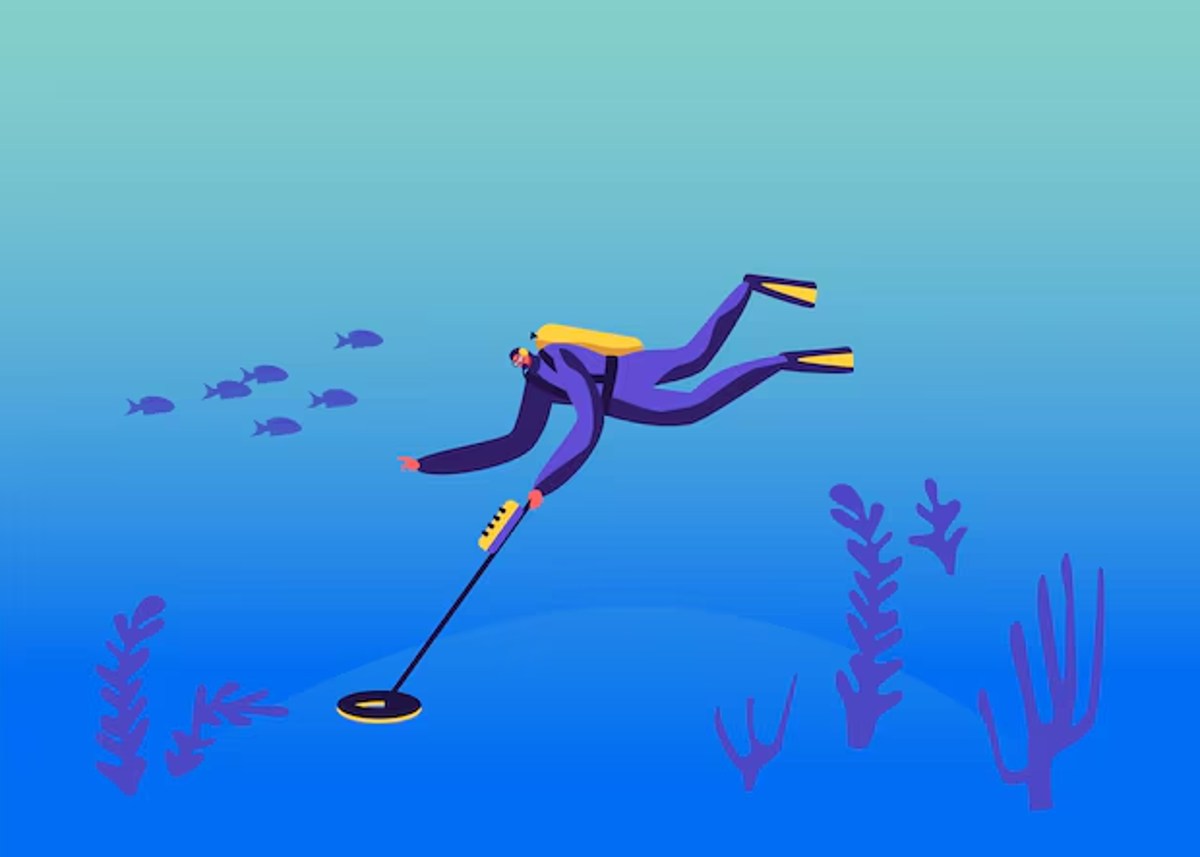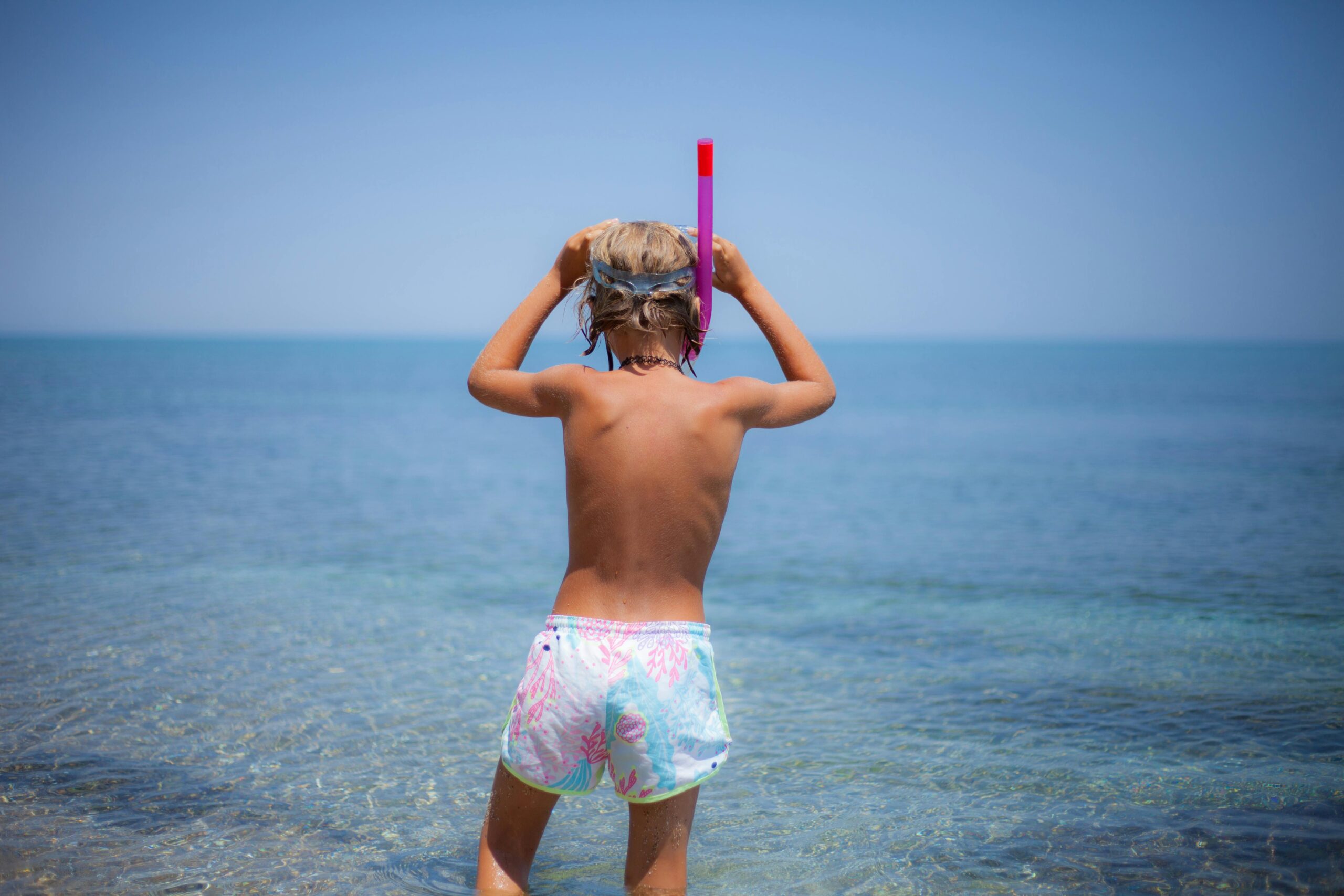

We have all thought about it or dreamt about it. Many of us have almost experienced it or indeed have experienced it. Drowning – one of the least popular ways to die! The fear of drowning is an intense and common phobia, gripping the hearts of many across the globe. This fear often stems from the unpredictable nature of water environments—be it the ocean’s vastness, the rapid currents of rivers, or even the seemingly safe confines of a swimming pool. But what really lies beneath this pervasive dread?
The Realities of Drowning: First-Hand Experiences
Drowning is not just a scenario depicted in dramatic cinema—it’s a visceral, primal fear that resonates with our most basic survival instincts. The very thought of water filling the lungs, of struggling to surface and breathe, strikes terror. Many survivors of near-drowning experiences recount the overwhelming panic that takes over, an uncontrollable fear as they fight against the water.

Take Michael Devlin, for example, who survived a near-drowning incident while surfing. “It was like being in a huge washing machine, disoriented and tossed around without a sense of up or down. When I finally surfaced, the fear of going back under was all-consuming,” he recalls. This struggle, the sheer helplessness felt when overpowered by water, is a common thread in such stories. Physically, the body reacts sharply—the chest constricts, breathing becomes impossible, and the brain screams for oxygen.
The Paradox of Peaceful Acceptance
Despite the terror associated with drowning, there’s a lesser-known narrative that speaks of a peculiar tranquility post-panic. Some who have come dangerously close to drowning describe a sudden, eerie calm that envelops them after the initial fight for air. Sarah Trassen, who survived a drowning accident in a lake, shared, “After struggling, I felt this weird peace, as if I had accepted what was happening. It was both scary and calming in a way I can’t fully explain.”

This phenomenon could be attributed to physiological changes; as oxygen levels drop, the body might release endorphins to cope with the distress, leading to a temporary state of euphoria or tranquility. While intriguing, this fleeting moment of peace does little to quell the overarching terror that drowning induces.
Cultural and Evolutionary Underpinnings of Our Water Fears
Our relationship with water is complex and deeply rooted in both culture and evolution. As land-dwellers, humans are not naturally equipped to breathe underwater, making any prolonged submersion inherently unnatural and fraught with danger. Myths, folklore, and even historical accounts of water spirits and disasters have woven a narrative that reinforces our fears.
For many, water is not just a habitat or a resource but a potent symbol of both life and unfathomable depth, capable of holding both nourishment and peril. This dichotomy plays into our collective anxiety about drowning, shaped by millennia of human experience and storytelling.
The fear of drowning taps into the core of human vulnerability, mixing raw physical reactions with psychological terror. While some speak of a paradoxical peace in their final moments of struggle, these accounts do little to mitigate the overarching dread that surrounds the act of drowning. To truly grasp this fear, one must consider the interplay of instinctual survival mechanisms, personal trauma, and the cultural lore that surrounds water and its inherent dangers. Understanding and addressing these fears involves acknowledging the full spectrum of human emotion and experience when faced with the overpowering might of water.





